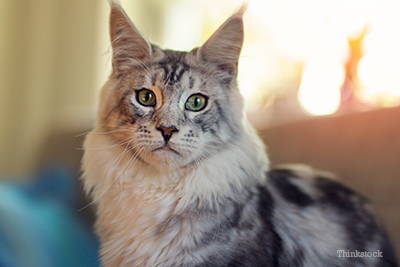mast cell tumor cat life expectancy
Catsmiddle-aged 89 years of age for mast-cell tumors affecting the skin known as cutaneous mastocytoma and older cats for mast-cell tumors found in the intestines or spleen. If your cat has the splenic form of the disease the most commonly observed signs are weight loss vomiting.
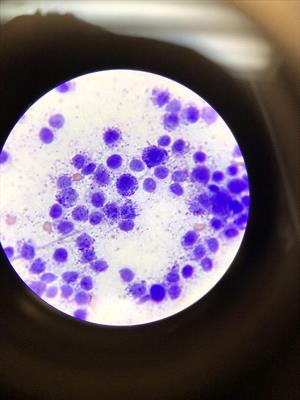
Mast Cell Tumors In Dogs And Cats Veterinary Partner Vin
A mast cell tumor MCT is a tumor that originates from mast.

. Several studies suggest that Siamese cats. A mast cell tumor MCT is a type of tumor consisting of mast cells. Mast cell tumors have a tendency to affect older cats over 10 years of age and are especially prevalent in siamese cat breeds.
MCTs are the second most common skin tumor in the cat accounting approximately for 20 of all skin tumors. Tumors may develop anywhere on the body and appear as multiple small less than 04 inches 1 centimeter in diameter firm lumps under the skin surface. Cats with visceral mast cell tumors often dont have so good an outcome but live an average of a year with combination therapy ie.
What Is a Mast Cell Tumor in Cats. They are one of the most commonly diagnosed types of. Cats with a mast cell tumor in the spleen typically do much better than cats with a tumor in the intestine.
Most dog mast cell tumors appear as a lump on the skin but this cancer can also affect the bone marrow spleen or liver. Visceral mast cell tumors MCTs are a common neoplasm in cats and have been reported to cause up to 50 of all feline mast cell tumors. The life expectancy of dog with mast cell tumor will depend on the pathological classification of the tumor.
The tricky part comes when the skin tumors spread internally or an internal tumor spreads to the skin. Mast cell tumors in dogs have different grades or levels of severity and the life expectancy can vary from as little as a few months with an average of 4 to 6 months in a Grade III tumor to years with a Grade I tumor. The median survival rate after splenectomy is 14 months versus four to six months if.
Tumor development and with a shorter life expectancy of less than 4 months following surgery. It can be nearly impossible to determine the chicken or egg in those cases. Visceral MCTs most commonly affect the spleen and account for 15 to 26 of all feline splenic neoplasms.
While a cytologic or histologic diagnosis is often easy to obtain the various histologic classifications lack of a. How common are mast cell tumors in cats. Most mast cell tumors are seen as firm plaques or nodules in the skin.
Although chemotherapy may improve the quality and prolong the life of an. Tumor development and with a shorter life expectancy of less than 4 months following surgery. Visceral MCTs often affect multiple organs and may involve the spleen liver and intestines.
Diagnosing mast cell tumors in cats to diagnose a mast cell tumor. Most mast cell tumors can be treated with surgical removal without a recurrence. Mast cell tumors MCTs are the second most common skin tumor in cats.
In this situation the life span of affected animals may be prolonged and their. Surgery chemotherapy and supportive care. Tumor development and with a shorter life expectancy of less than 4 months following surgery.
Its important to note that very aggressive tumors considered Grade 3 are also the least common. Your cat will need routine follow-up appointments with your veterinarian and careful monitoring on the owners part to ensure that tumors do not return or appear in other areas. Removal of the spleen can lead to a rapid recovery for your cat.
Mast Cell Tumor Average Cost. Cats with tumors less than a 2 cm in diameter have a median survival time of over 3 years. Feline mast cell tumors are commonly found in the head neck and limbs.
This invasive tumor is made up of mast cells which are a type of cell that is involved in the allergic response. Radiation therapy may also be used in conjunction with surgery and chemotherapy to treat animals with Grade III mast cell tumors. The median survival rate after splenectomy is 14 months versus four to six months if.
The spleen of a cat with a splenic mast cell tumor can become dramatically enlarged. It is very hopeful if the tumor is small easy to remove and cancerous cells havent spread far away from the. If your cat has cutaneous mast cell tumors it can recover and lead a normal healthy life after surgery.
The average age of diagnosis for typical MCTs is 10 years and for histiocytic MCTs 24 years. The spleen of a cat with a splenic mast cell tumor can become dramatically enlarged. Mast cell tumors occur as one of three types.
The life expectancy of a dog with an aggressive tumor that has spread to other parts of the body mediatized is roughly 4 to 6 months. Catshistiocytic form of mast-cell tumors of the skin cutaneous mast-cell tumor occurs in young cats mean age of 24 years. These basal cell tumours are a type of cat skin cancer but are thankfully quite rare.
Theyre usually seen around the neck head ears and shoulders forming as solid lumps beneath the skin however they are mostly benign. Mast cell tumors are a common type of dog skin cancer. Most dogs develop mast cell tumors in their skin or subcutaneous tissue.
Grading helps to determine whether local treatment most Grade 1-2low-grade mast cell. Cats with tumors larger than 3 cm in diameter have a median survival time of 4 to 6 months. Cats with tumors 2 to 3 cm in diameter have a median survival time of about 2 years.
They may also develop tumors internally but this is less common. Mast cell tumors can form nodules or masses in the skin and other organs and cause enlargement of the spleen and intestine. Treatment and prognosis can vary dramatically with location and histologic classification.
How common are mast cell tumors in cats. The life expectancy of dog with mast cell tumor will depend on the pathological classification of the tumor. From 526 quotes ranging from 3000 - 8000.
MCTs are the most common splenic tumor second most common skin tumor and third most common intestinal tumor in cats. The histiocytic type of skin mast cell tumor in cats is seen primarily in Siamese cats younger than 4 years old. If your cat has the splenic form of the disease the most commonly observed signs are weight loss vomiting and loss of appetite.
Splenic mast cell tumor.

Mast Cells Tumors In Cats Youtube
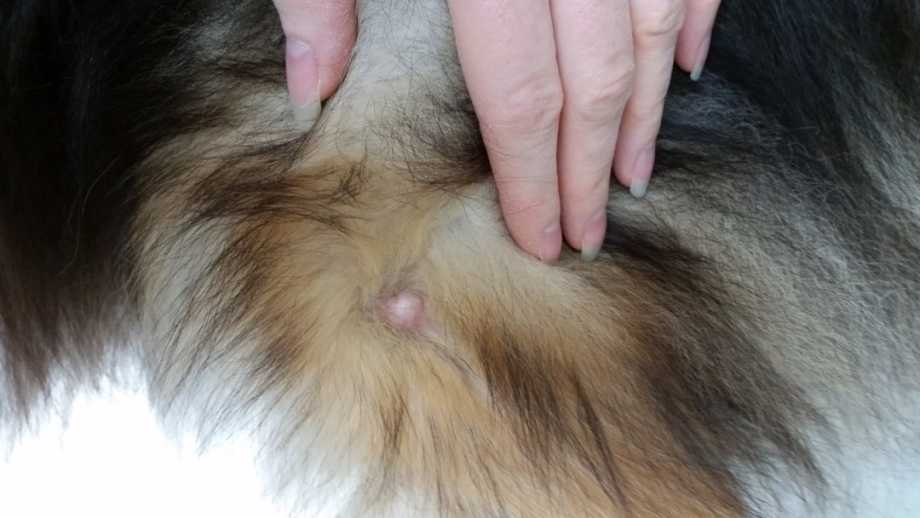
Mast Cell Tumors Mastocytomas In Dogs Small Door Veterinary

Mast Cell Tumors In Dogs Is It Always Cancer Whole Dog Journal

Mast Cell Tumours International Cat Care

Mast Cell Tumors Mct In Cats And Dogs Cancer In Pets Texvetpets

Animal Surgical Center Of Michigan Veterinarian In Flint Mi

Mast Cell Tumor In Cats Symptoms Causes Diagnosis Treatment Recovery Management Cost

Mast Cell Tumor Mastocytoma In Cats Petmd
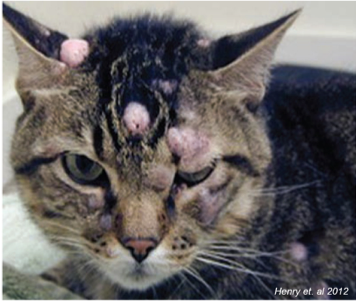
Feline Cutaneous Mast Cell Tumors

Dog Mast Cell Tumor Holistic Treatment Sale Online 56 Off Www Simbolics Cat

Mast Cell Tumors In Cats Trinity Pet Hospital Veterinarian Laguna Hills

Mast Cell Tumors In Cats Symptoms Diagnosis Treatment Innovet Pet
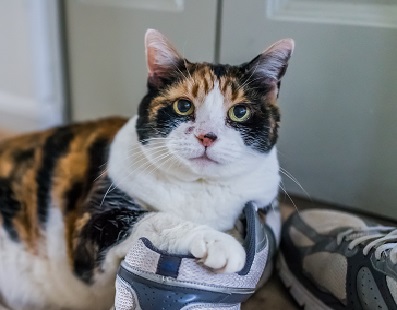
Mast Cell Tumors In Cats Vca Animal Hospital
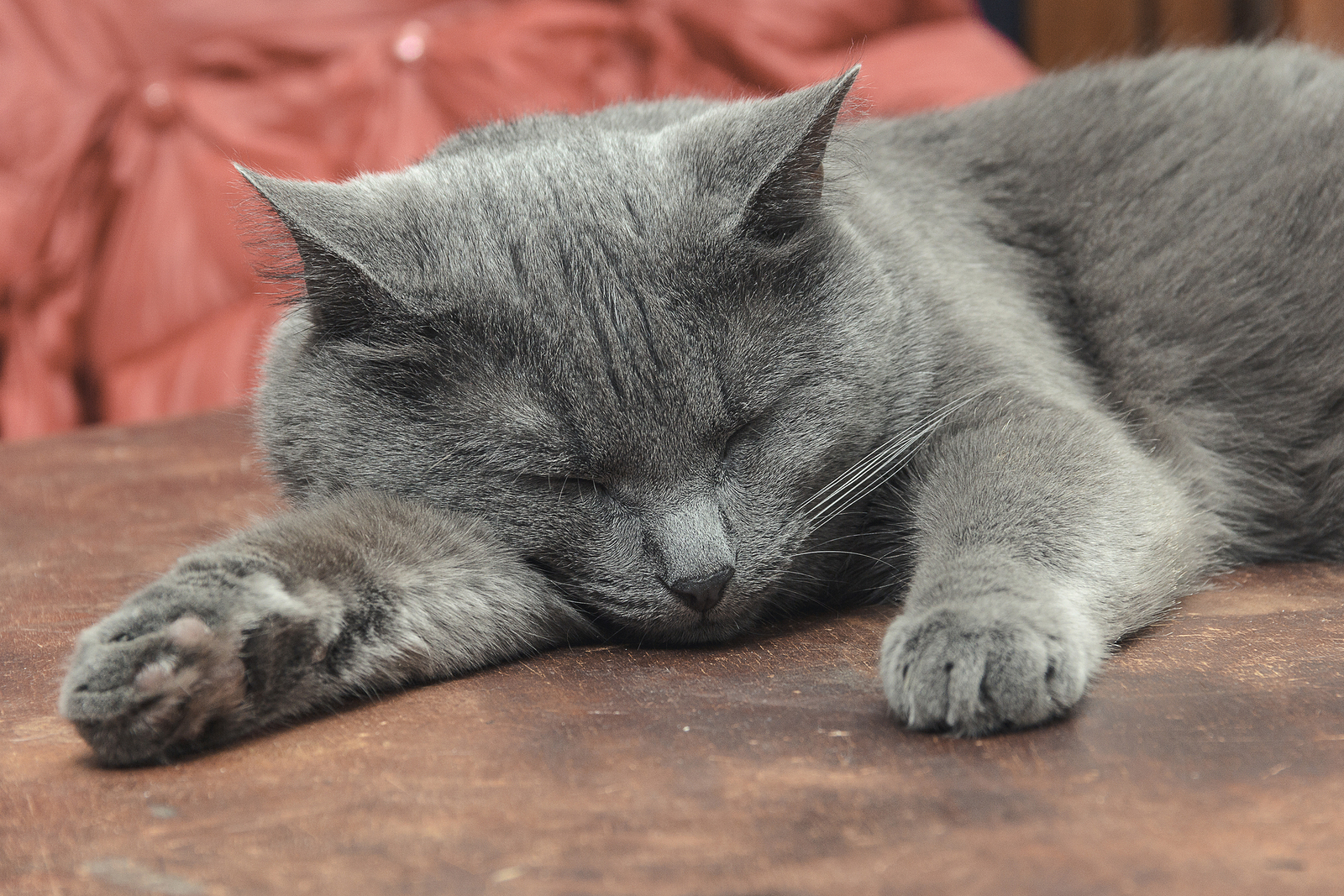
Mast Cell Tumor Mastocytoma In Cats Veterinarian In West Des Moines Ia Ashworth Road Animal Hospital
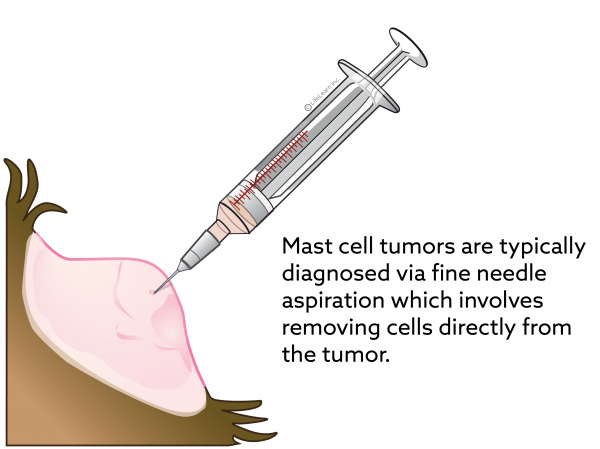
Mast Cell Tumors In Cats Vca Animal Hospital

